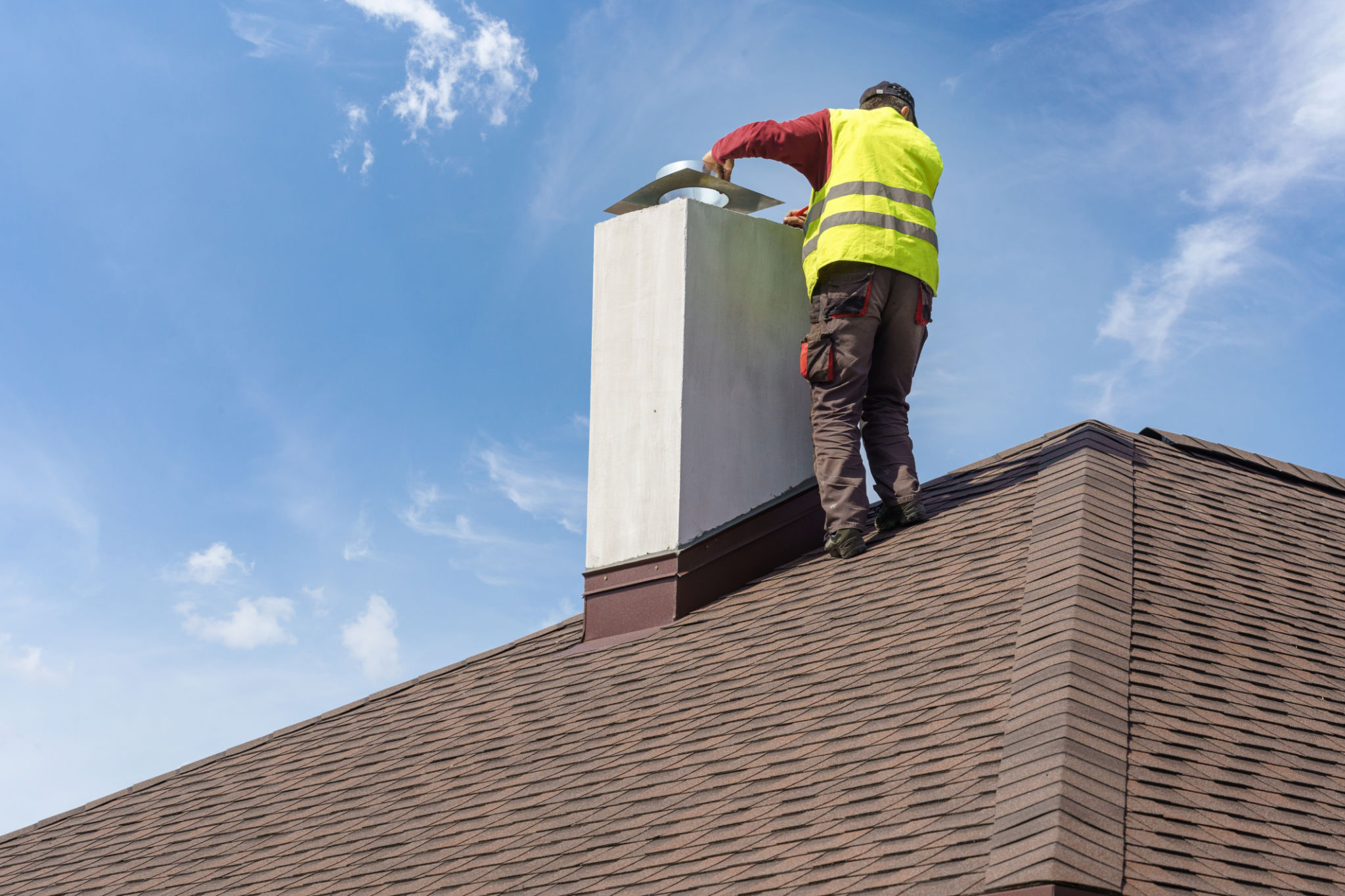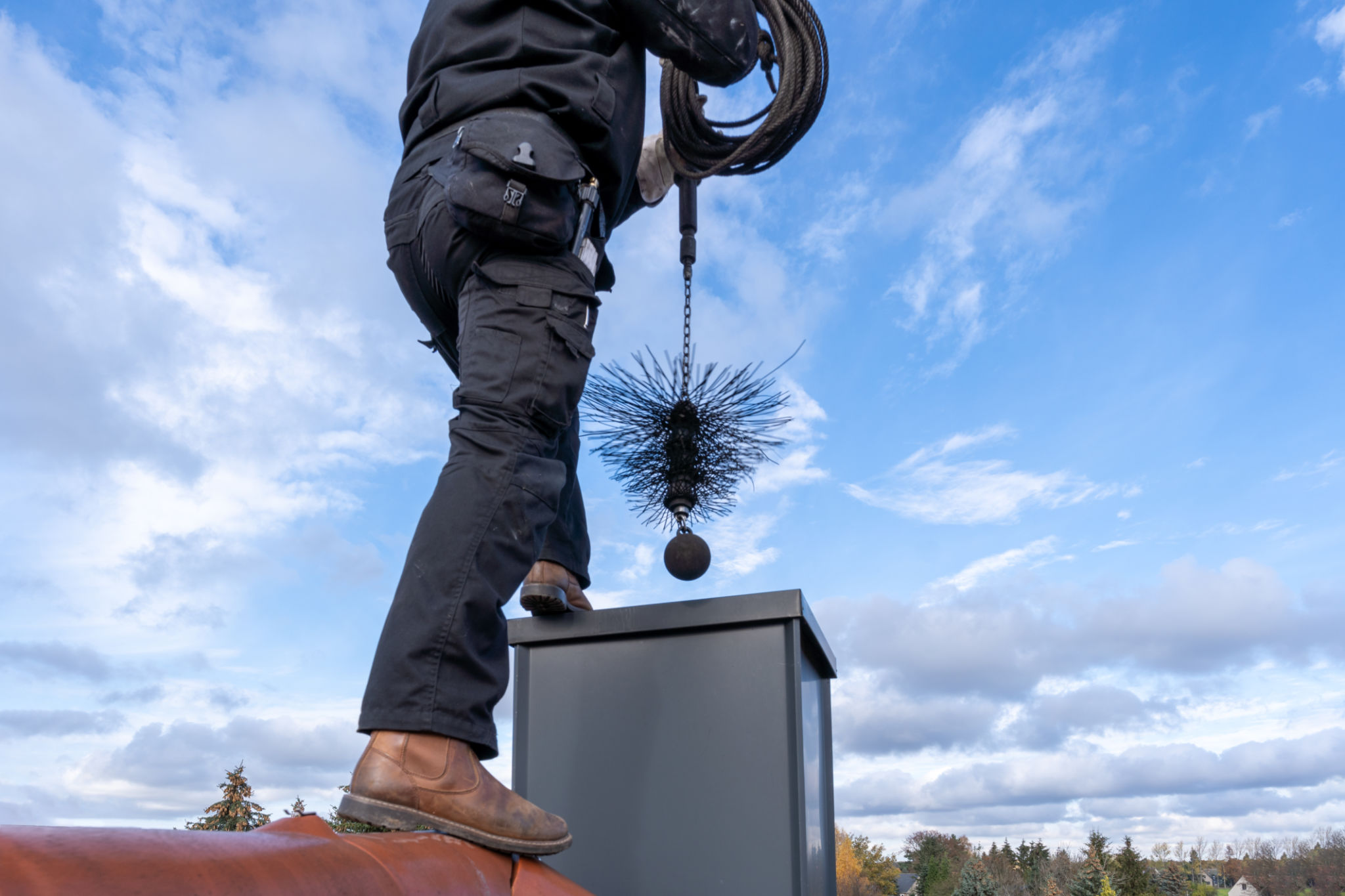Preparing Your Chimney for Winter: Essential Steps and Tips
Inspect Your Chimney
As winter approaches, ensuring your chimney is ready for the cold months ahead is crucial for safety and efficiency. The first step in this preparation is to conduct a thorough inspection. This involves checking for any visible cracks, damage, or obstructions that could impair its performance. A professional chimney sweep can provide a comprehensive evaluation and recommend necessary repairs.
During the inspection, ensure that the chimney cap is in place and free of debris. The cap prevents rain, snow, and animals from entering the chimney, protecting both the structure and your home’s interior.

Clean Your Chimney
Once the inspection is complete, the next essential step is cleaning. Regular cleaning helps prevent the buildup of creosote, a highly flammable byproduct of burning wood. Excessive creosote accumulation can lead to dangerous chimney fires.
While some homeowners choose to clean their chimneys themselves, hiring a professional chimney sweep can ensure a thorough job and provide peace of mind. Professionals have the tools and expertise to remove all soot and debris effectively.

Check the Chimney Liner
The chimney liner plays a crucial role in protecting the masonry from corrosion and helping your fireplace operate efficiently. Over time, liners can deteriorate due to constant exposure to heat and combustion gases. During your preparation for winter, inspect the liner for any cracks or signs of wear and tear.
If your liner is damaged, it’s advisable to replace it before using your fireplace. A well-maintained liner not only ensures safe operation but also improves energy efficiency by minimizing heat loss.
Ensure Proper Ventilation
Proper ventilation is essential for any chimney system to function correctly. Ensure that all vents are clear of obstructions and allow for adequate airflow. This step is particularly important if you use multiple heating appliances connected to the same flue.
Additionally, verify that your fireplace damper opens and closes smoothly. A fully functional damper helps control airflow and prevents drafts when the fireplace is not in use.

Stock Up on Firewood
With your chimney ready for winter, it’s time to focus on gathering a stockpile of firewood. Choose seasoned hardwoods such as oak, maple, or birch, which burn more efficiently and produce less creosote than softwoods.
Store your firewood in a dry, covered area to prevent moisture absorption. Wet wood not only burns poorly but also contributes to more creosote buildup.
Safety Measures
Finally, implement essential safety measures to ensure your home remains secure during the winter months. Install smoke and carbon monoxide detectors near your fireplace and test them regularly to ensure they are functioning properly.
Keep a fire extinguisher nearby and ensure everyone in the household knows its location and how to use it. By taking these precautions, you can enjoy cozy fires throughout the winter with peace of mind.
